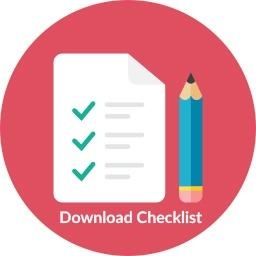For some B2B companies, developing a brand is an afterthought. The focus is on refining and marketing the product, and the brand ends up being created on the fly, by the engineering department or even company execs, just in time for a product launch or an important trade show. This approach is easy and quick, but it’s rarely the best route to creating a strong, compelling brand that will successfully embody your company and products. The fact is, creating a strong, hard-working brand that lasts for years, or even decades, takes a lot of effort upfront. The upside is that the more effort you put into the process, the stronger the result.
Think about the work that your brand has to do. In the B2B environment, a brand has to tell a story so convincingly that it persuades prospects to change their minds and change the way that they work. That’s a big task. And it illustrates why the strength of your brand is so important.
So what do you need to consider as you start to develop your brand? These are some of the steps you’ll need to take to get ready:
- Create a branding team
- Pull together your background information
- Conduct some market research
- Familiarize yourself with your organization’s sales plans and target markets
- Make a list of everything your brand will “touch”
Want to know more? Click below for an expanded version of this list of things to think about as you begin the process of building a strong, compelling brand for your organization.
Consult an expert or develop your brand in-house?
There’s a lot involved in developing a brand. Specialists in brand development can guide you through the development process, and help you create a brand that does all that you need it to. They can develop guidelines for your visual identity in all its iterations, and even help to build consensus within your internal team.




